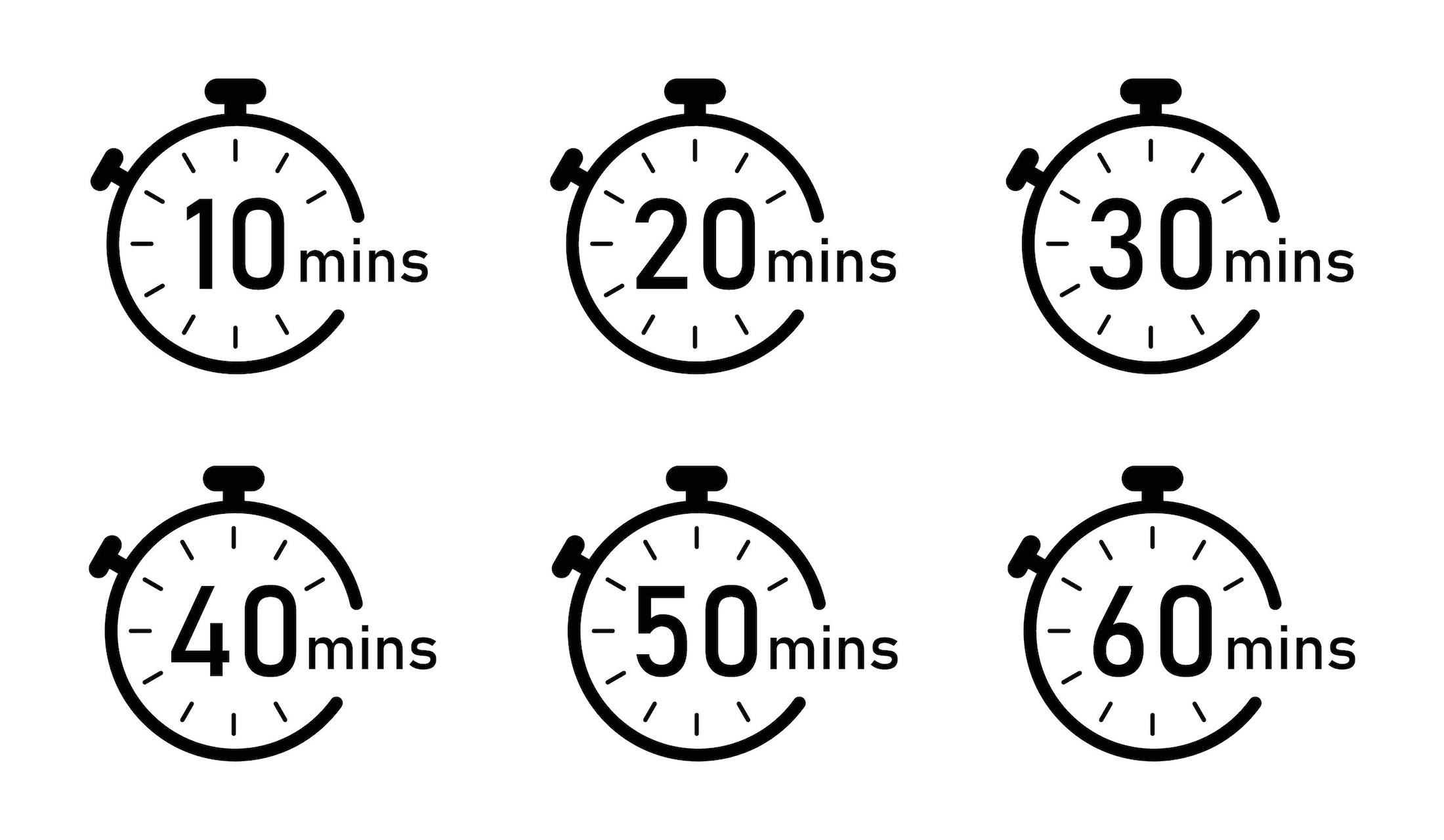In a very crowded store in Paris, one elderly woman bumped her cart into another elderly woman without apologizing. This prompted the offended party to respond, “La politesse existe encore, Madame!” (or in English: There is still such a thing as politeness, madam).
Definitions of politeness typically depend on language and culture; at global companies, speaking candidly without offending anyone can present a challenge.
With over 7,100 languages spoken in the world, it’s impossible to avoid cross-cultural misunderstandings. Even between two English speaking cultures—say, the UK and the US—there can be huge gaps in understanding, as I’ve written about here. As George Bernard Shaw said, “England and America are two countries separated by a common language.”
It’s not you, it’s me
Actually, it’s both of us. In her TED Talk, How Language Shapes the Way We Think, cognitive scientist Lera Boroditsky explains, “People who speak different languages will pay attention to different things, depending on what their language usually requires them to do.”
You can’t possibly account for all cultural differences and interpretations around the world. However, when creating and rehearsing a corporate presentation, honest and direct feedback is an essential part of the process. Whether or not the CEO appreciates receiving such feedback, the process always improves presentations. Focus on these concrete methods to maximize respect and minimize the chance of offending someone.
Acknowledge that your experience and background are not universal. Limit your comments with phrasing such as, “I find that…,”, “In my experience,” or “I hear that as a…” These structures demonstrate that speakers and listeners have separate experiences. They remove blame. Go on to suggest alternatives and ask, “How does that sound to you?” The focus of your feedback remains on the message, and not on any individual.
Pitfall: Your feedback doesn’t get through
Lifesaver: play both parts
You have value to add, which is not heard by people who feel annoyed, confused or fearful. Build intimacy in smaller settings. Some people think asking questions disrespects authority. Ask and answer questions yourself until others are comfortable participating. With a larger audience the same technique works. You can begin a Q&A session with phrasing like, “Some of you may be wondering,” and then proceeding. You can also attribute a question to someone not in the room. “My staff asked me…” and responding. By initially playing both parts, you create a comfortable place for dialogue. Win-win.

Pitfall: Brains are formatted by first languages
Lifesaver: use recaps
When listening, what is remembered varies based on how the first language works. This often accounts for differing witness statements given to police. In communications work, this means you can be misunderstood even by engaged audiences, because they are focused on a different part of the material. Using recaps helps. “First I suggested… using the example of…etc.” “We discussed next steps that included 1,2,3.” Recapping, or using confirming statements, can highlight a misunderstanding quickly. Then, it can be cleared up without offending a participant.
If all else fails
The goal of communication is to be understood, so the rule of putting the audience first always applies. To be understood by multicultural audiences, use plain language, repetition, and illustrate points with examples. Industry specific vocabulary will be understood. It is often the less formal, more familiar, parts of speech that give the impression of rudeness and leads to misunderstandings. Avoid language specific idioms, cultural references, and jokes.
Finally, you may still fall into one of the inevitable cultural pitfalls. When that happens, accept responsibility, apologize if necessary, and move on. Building a relationship with the listener(s) will ultimately cut across cultural differences, and create shortcuts in your future communication.





